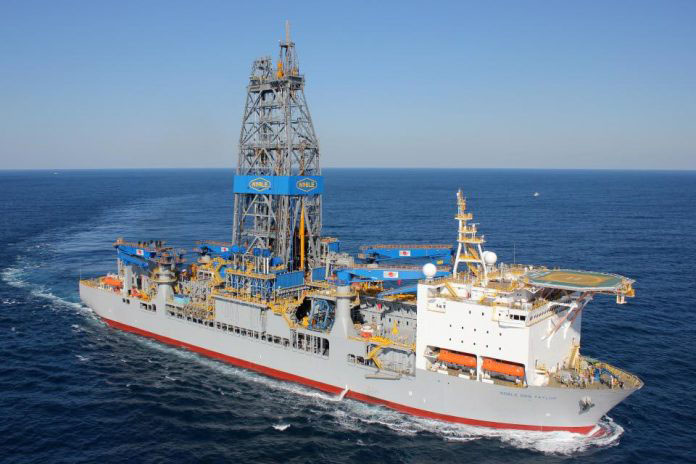With last week’s disclosure by ExonMobil of a tenth oil find offshore Guyana since May 2015, international investor interest in the country as potentially the next ‘high flier’ in the global oil and gas industry persists. While there still remains a limited understanding of the extent of the likely long-term implications of the succession of major oil finds for a country whose economy has historically been driven by limited earnings from agriculture and gold and bauxite mining, the sheer volumes of oil associated with the successive ‘strikes’ are sinking in fast.
These days, there is no longer the sense of euphoria and excitement that attended the confirmation that there are significant deposits of oil in Guyana’s maritime space. That has been supplanted by a vigorous national discourse comprising animated, all too frequently, ill-informed discourse, speculative comments on the implications of oil for the longer term future of the country and commentary from various quarters on just how effectively we are faring in our external negotiations in matters pertaining to things like profit-sharing.
With its tenth reported oil find ExxonMobil has increased Guyana’s current estimated recoverable resource from the now celebrated Stabroek Block from four billion barrels to five billion barrels.

